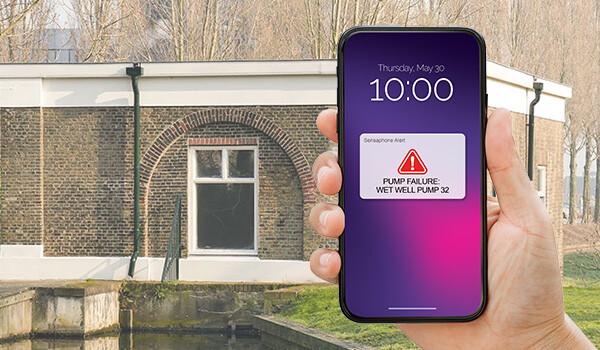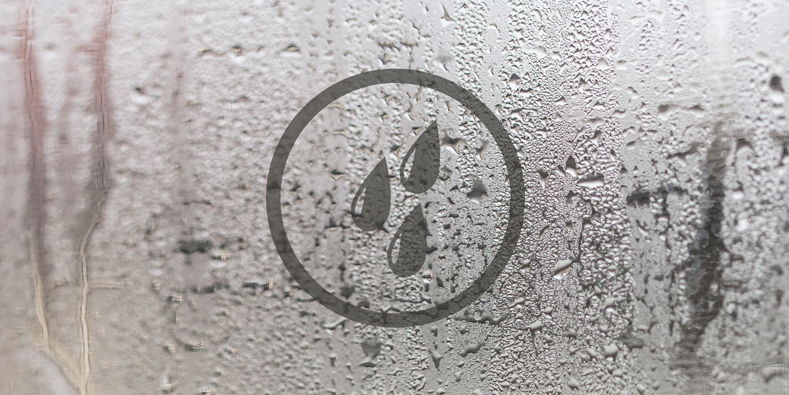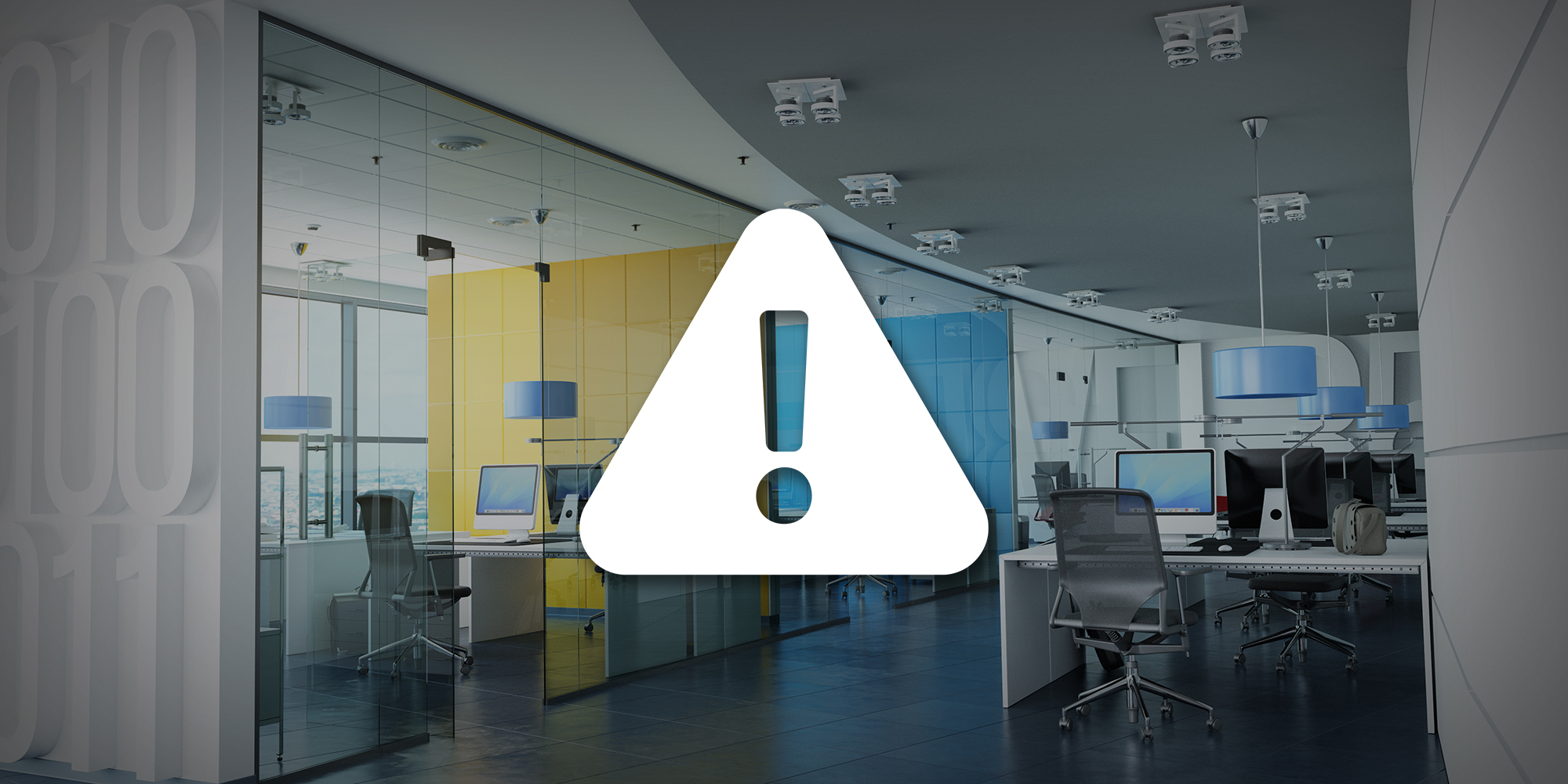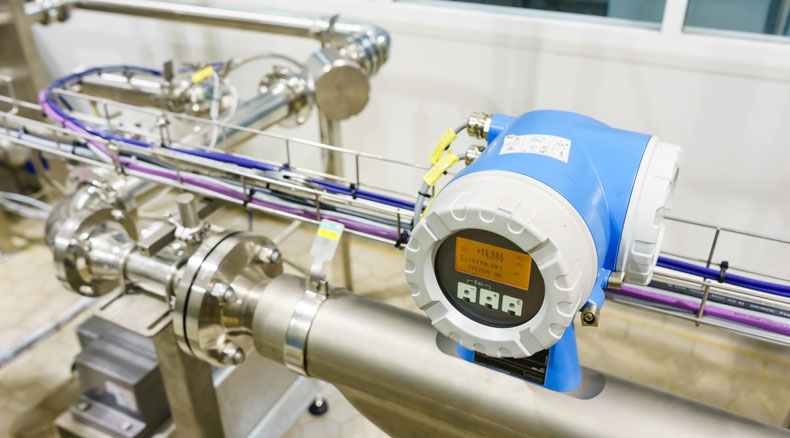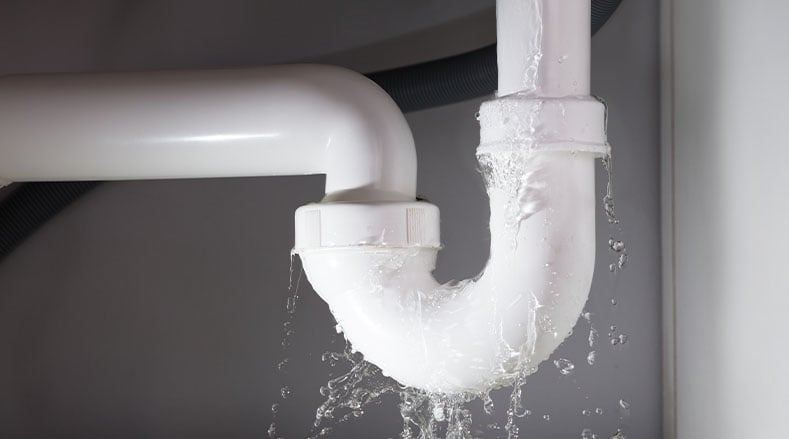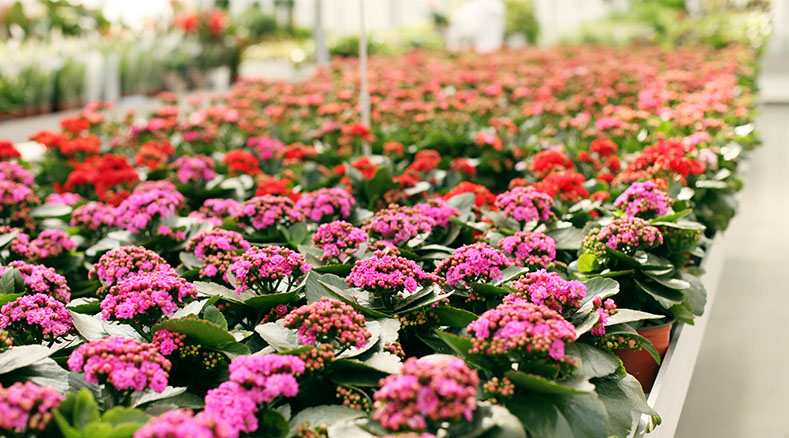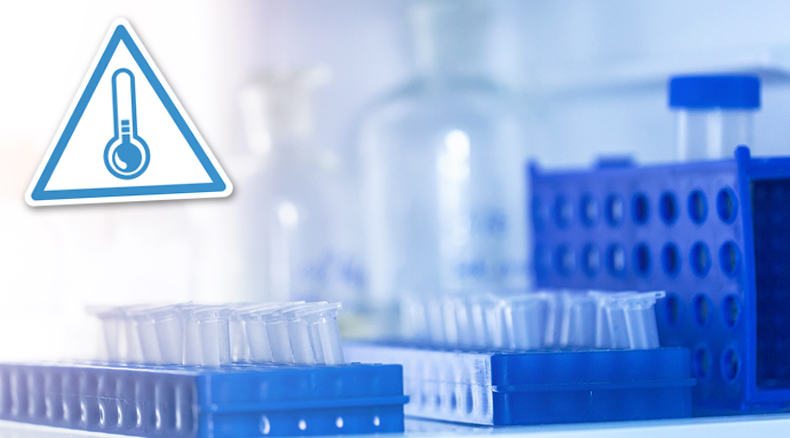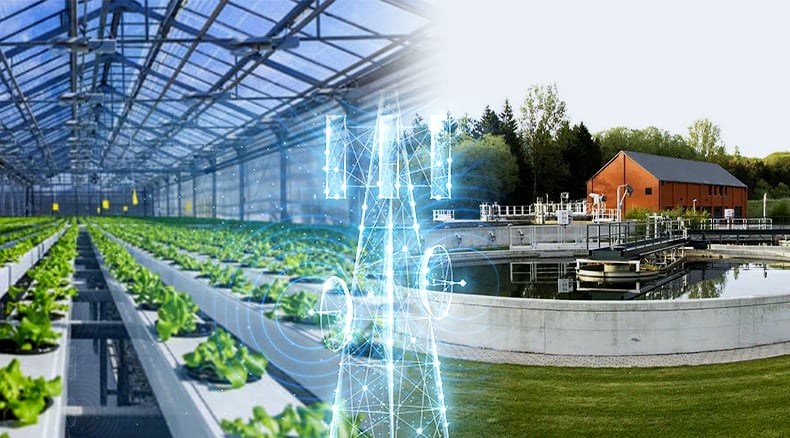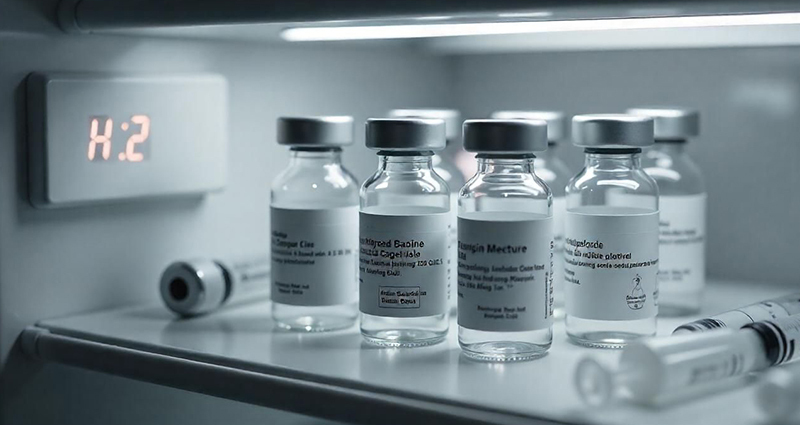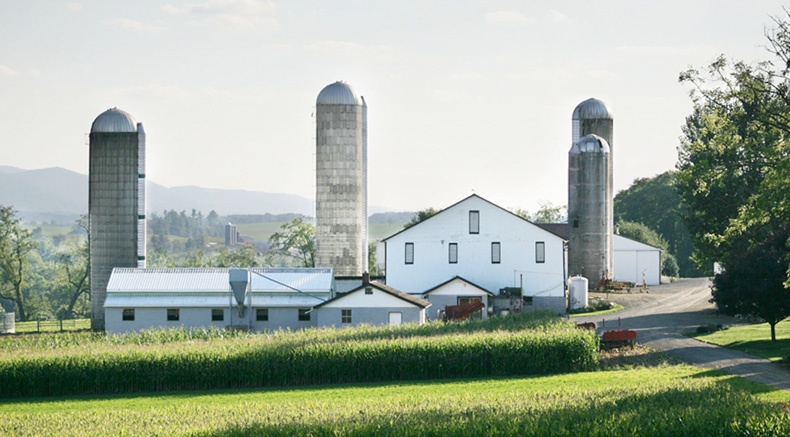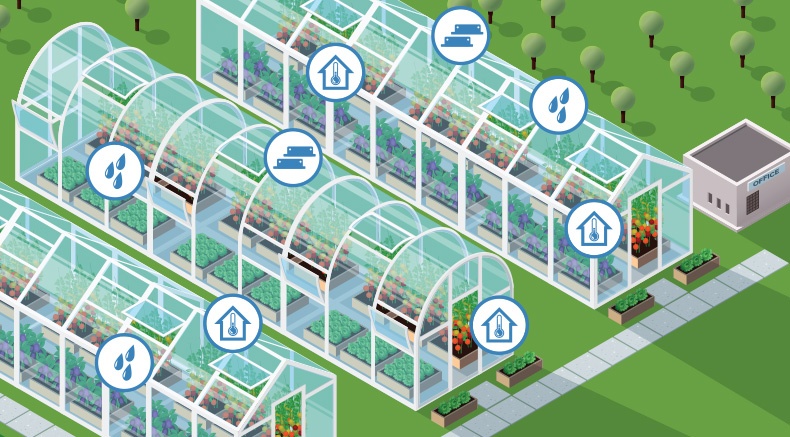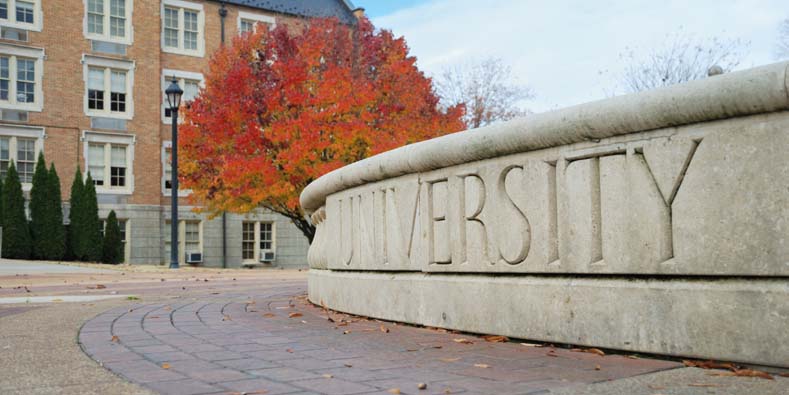
The COVID-19 pandemic has heightened our awareness of indoor air quality in public places, especially educational facilities. HVAC systems are essential to keeping clean air flowing safely throughout the buildings. Around-the-clock remote monitoring plays an important role in ensuring the HVAC units are operating properly.
In addition, educational facility personnel can use remote monitoring systems to keep watch on other key areas, such as food refrigerators, laboratory freezers and research lab clean rooms. Advanced monitoring systems can even automatically store data and generate reports to demonstrate internal..

